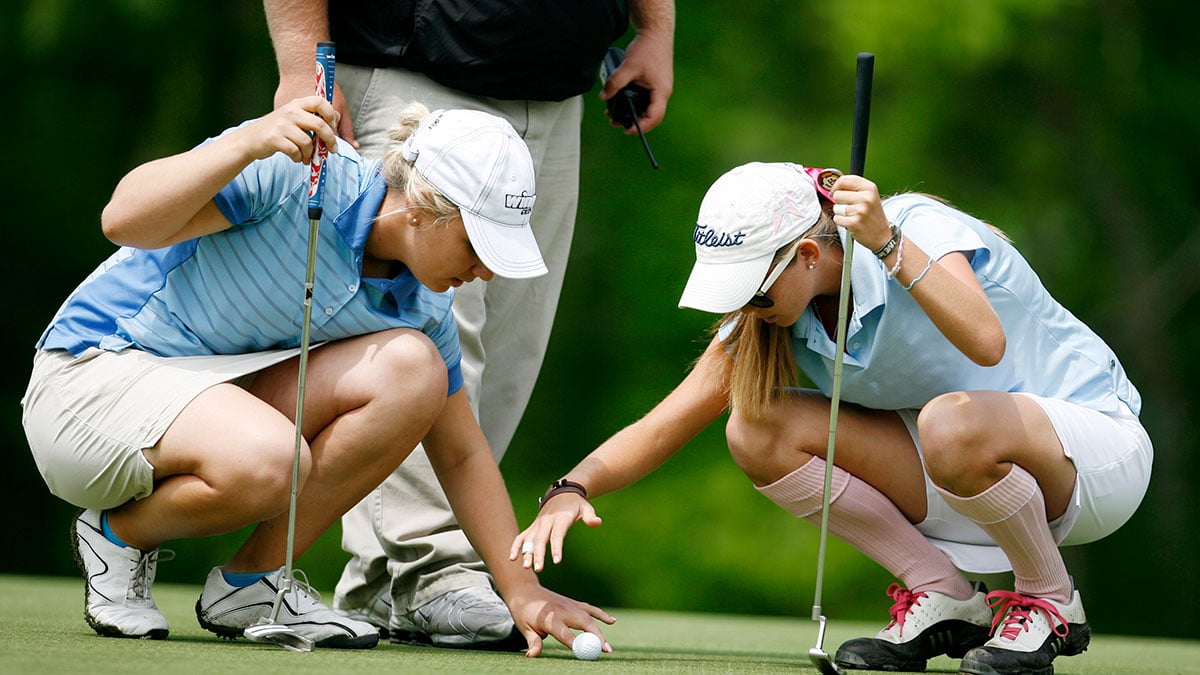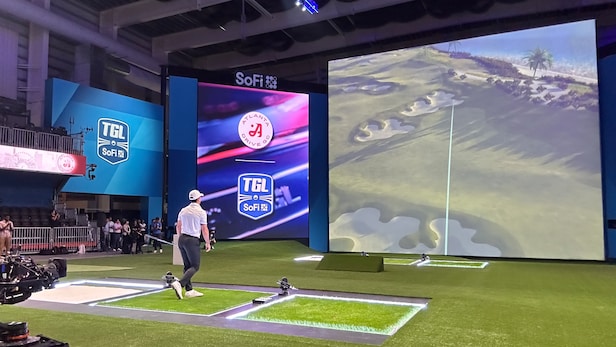Rules: Moving Pieces – Australian Golf Digest

- by Admin
- July 23, 2024

My ball just moved. What happens now?
It has happened to all of us: our ball moves from its original spot, either for an obvious reason or for no apparent reason. What you do next depends on how your ball was moved and where it was originally.
One of the two underlying principles of the game is to ‘play the ball as it lies’. So when your ball at rest has moved, you must decide what caused it to move, as this determines whether you must replace the ball or play it as it lies and whether there is a penalty. Failing to understand this may result in you playing from a wrong place, incurring the general penalty.
In the first instance, we need to confirm that your ball has in fact moved. To ‘move’ means that your ball has come to rest on another spot. Your ball at rest is treated as having moved only if it is ‘known or virtually certain’ (KVC) that it did. Having applications in several rules, ‘known or virtually certain’ means more than just possible or probable. It means that even though there may be a very small degree of doubt, all reasonably available information shows that it is at least 95 percent likely that the ball did move. This is a high standard of proof that is required.
Once it is KVC that it has moved, we need to determine what caused it to move – this is needed as it determines whether we need to put the ball back. The rules only recognise four possible causes for a ball at rest that moves. They are natural forces, you or your caddie, your opponent (only in matchplay) and an outside influence. Again, the concept of KVC is used.
You or your caddie, your opponent or an outside influence is treated as having caused the ball to move only if it is KVC to be the cause. If we cannot be 95 percent certain that one of those things moved your ball, then the ball is treated as having been moved by natural forces. Natural forces are the effects of nature such as wind, water or when something happens for no apparent reason because of the effects of gravity. If your ball is moved by natural forces, then there is no penalty and you play your ball from its new position.
It is important to know the most important exception to this rule. Let’s say your ball has come to rest on the putting green and you have lifted it from the green (don’t forget to mark it with a ball marker first) and then replaced it. If your ball now moves, it must be replaced on its original spot, regardless of what caused your ball to move. Once you have lifted and replaced your ball on the green, your ball ‘owns that spot’ and it is the only spot you’re permitted to make your next stroke from, unless taking relief.
If it is moved by one of the other three reasons, you must replace it. Generally, if you or your caddie cause your ball to move, you will incur a one-stroke penalty. There are some exceptions to this penalty, with the most common being: accidentally causing your ball to move during a search for it, when proceeding under an applicable rule or any accidental movement on the putting green.
Players should take care when near any ball at rest, and a player who causes their own ball or an opponent’s ball (in matchplay) to move will normally incur a penalty (except on the putting green).
Stuart McPhee is a referee for the PGA Tour of Australasia and co-host of the No.1 podcast in the world dedicated solely to discussing the Rules of Golf: The Golf Rules Questions Podcast.
Getty images: houston chronicles
The Latest News
-
January 8, 2025Vale: Stefan Kamasz (1949–2025)
-
January 8, 2025Rivals take stand against Ashes ‘novelty’ ahead of first match
-
January 8, 2025‘Really surprised’: Stosur’s big call on boom Aussie teen
-
January 8, 20252025 Sony Open tee times, TV coverage, viewer’s guide – Australian Golf Digest
-
January 8, 2025Get set for the Australian Open 2025: key dates, draws and everything you need to know





